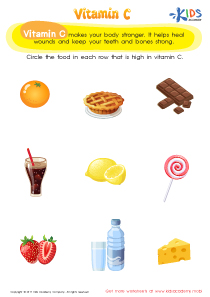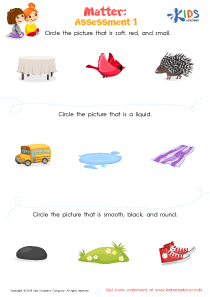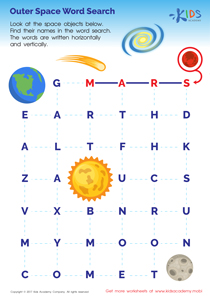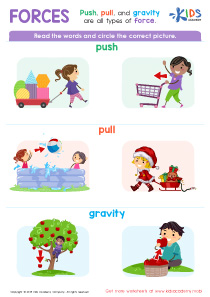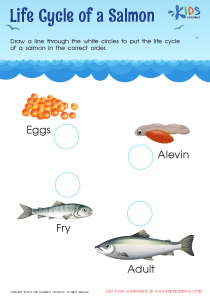Understanding pollination Normal Grade 2 Plants and Animals Worksheets
3 filtered results
-
From - To
Discover the exciting world of plants with our "Understanding Pollination" Normal Grade 2 worksheets. Designed for second graders, these engaging and educational printables help young learners grasp the concept of pollination and its vital role in plant life cycles. Perfect for classroom or homeschool use, this resource from Kids Academy includes colorful illustrations, simple explanations, and hands-on activities to bolster your child’s learning. Fuel their curiosity with interactive tasks that make science fun and accessible. Strengthen foundational science skills and foster a love for nature by exploring how animals and plants work together in this essential process.
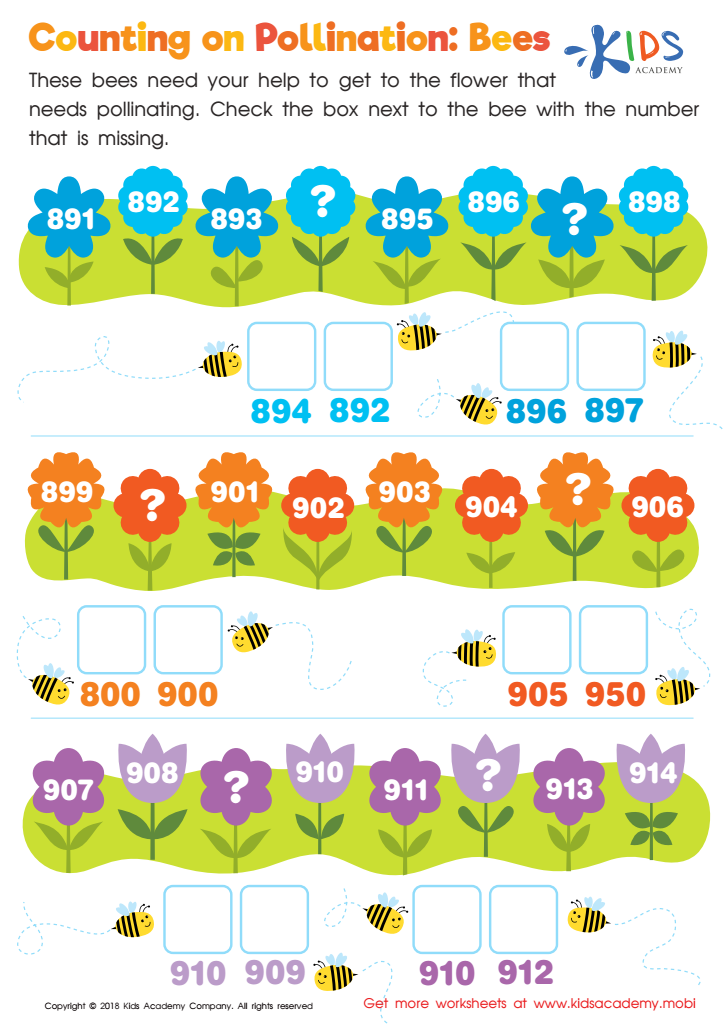

Counting on Pollination: Bees Worksheet
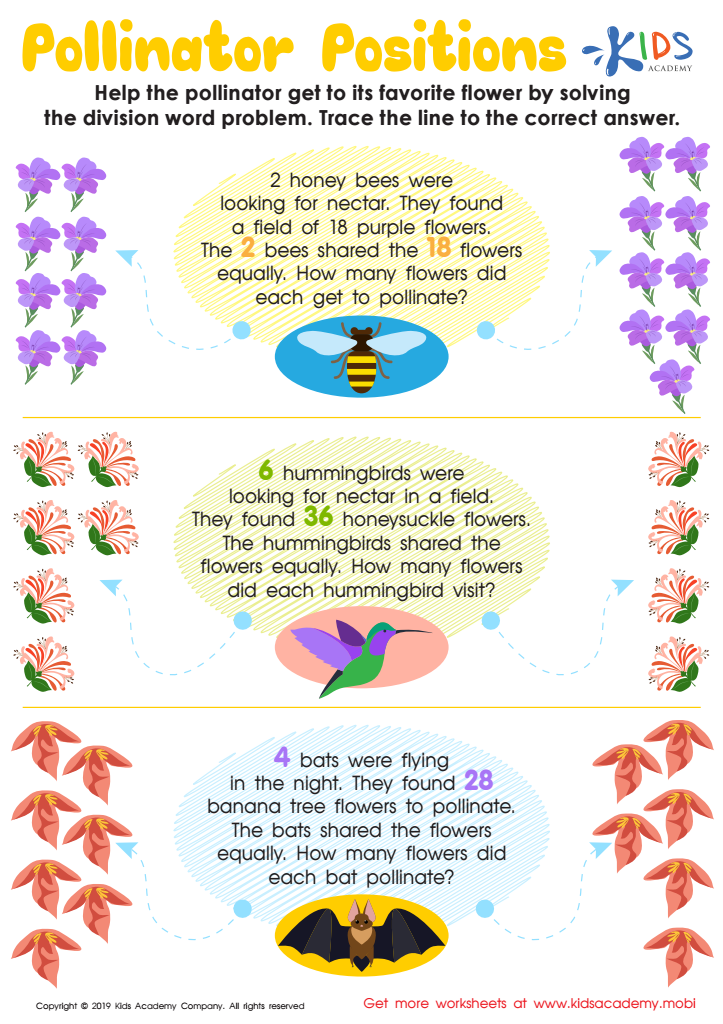

Pollinator Positions Worksheet
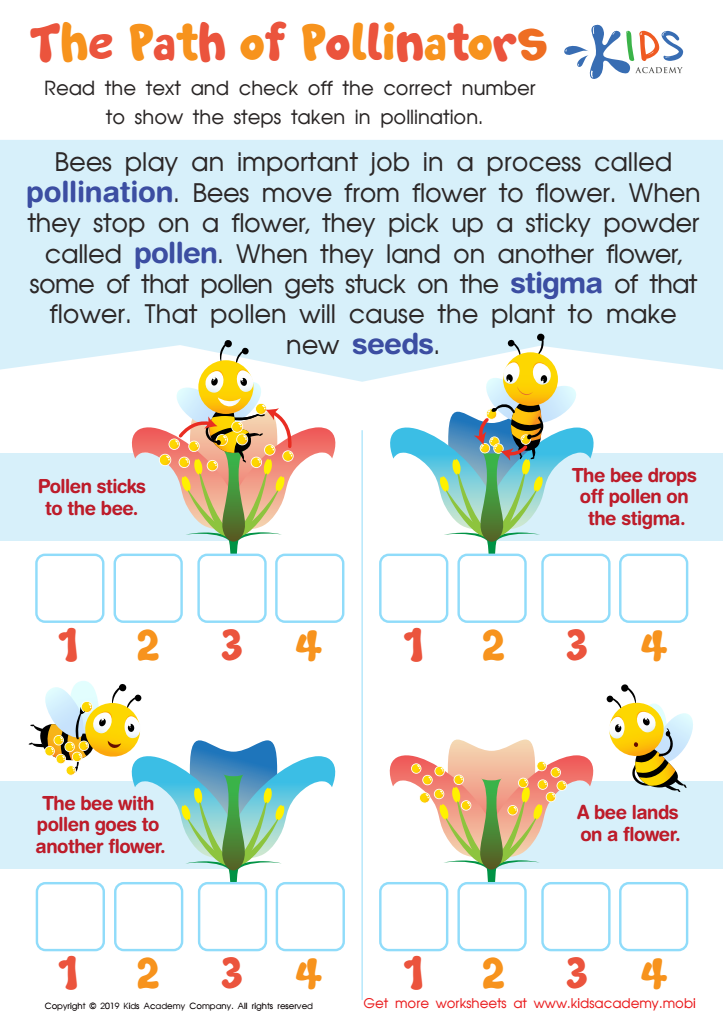

The Path of Pollinators Worksheet
Understanding pollination is crucial for young minds because it highlights the fundamental connections between plants and animals, which fosters an appreciation for nature's interconnectedness. Teachers and parents should focus on this topic because it lays the groundwork for a child's environmental awareness and scientific curiosity.
Pollination illustrates how living organisms rely on each other for survival. For example, bees, butterflies, and other pollinators help plants reproduce by transferring pollen from one flower to another, leading to the production of fruits and seeds. This simple yet vital process can ignite a child's interest in biology and ecology.
Additionally, children learn about the importance of teamwork and mutual support in ecosystems, which can parallel lessons in social skills and cooperation. Understanding pollination also emphasizes the roles humans play in conserving nature. Discussing how pesticides or habitat destruction impact pollinators can lead to early environmental stewardship behaviors, like planting flowers or reducing waste.
By introducing pollination in Grade 2, educators and parents nurture a sense of wonder and responsibility in children. This early education can foster responsible behaviors towards conservation and inspire future interest in STEM fields – creating informed and conscientious citizens well-versed in the workings of our natural world.
 Assign to My Students
Assign to My Students






